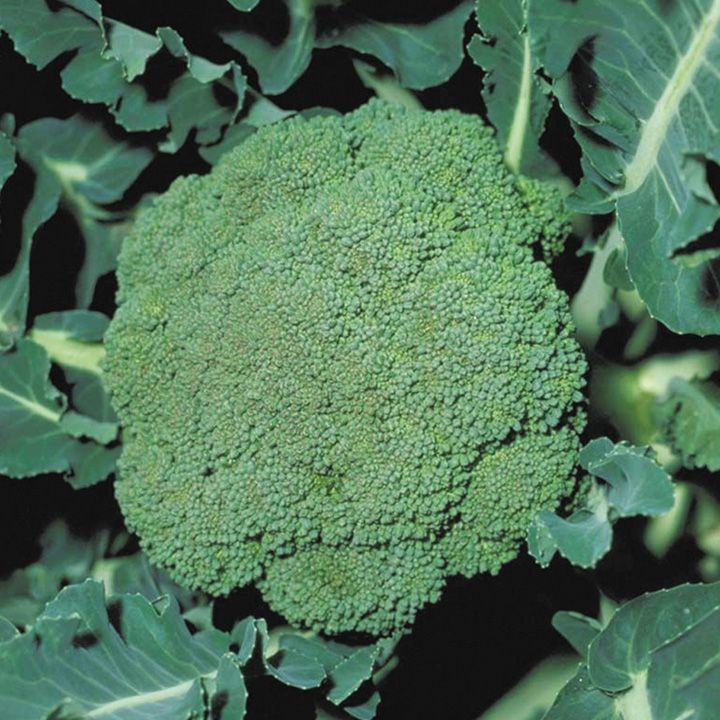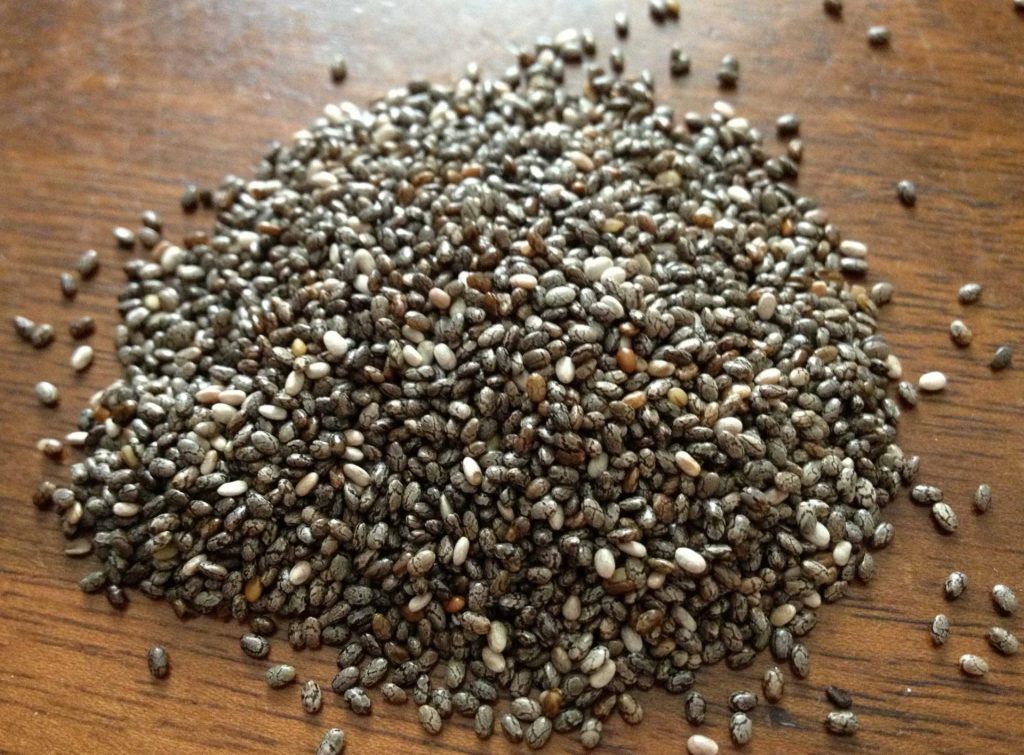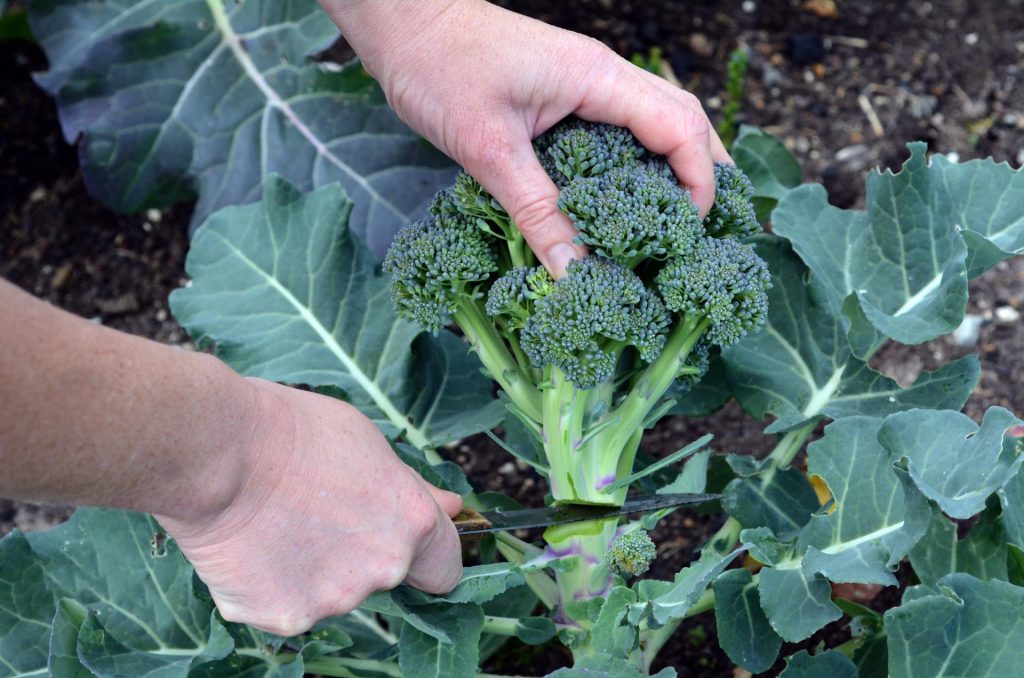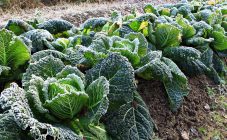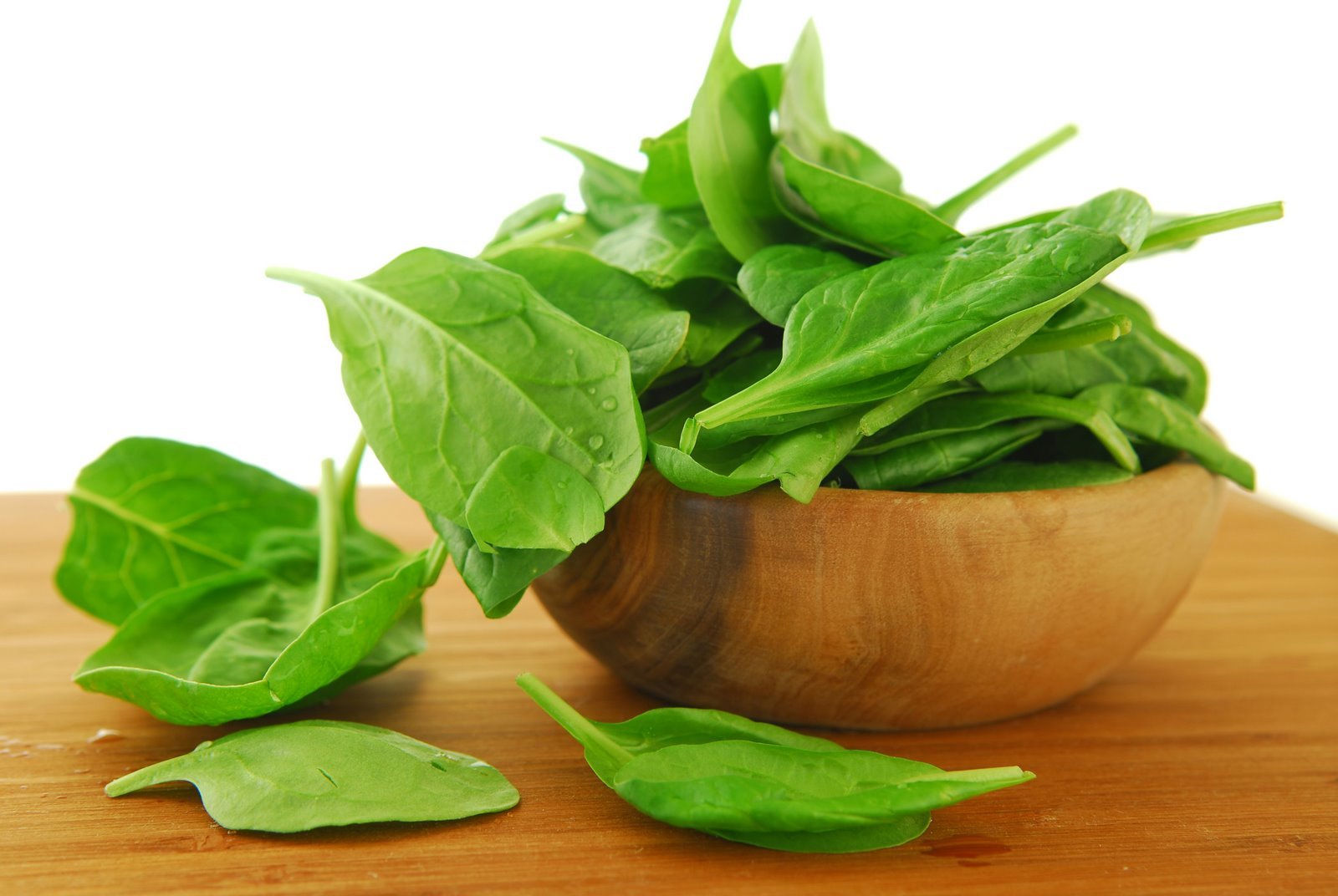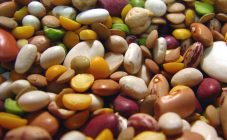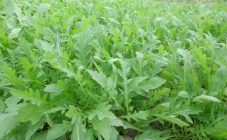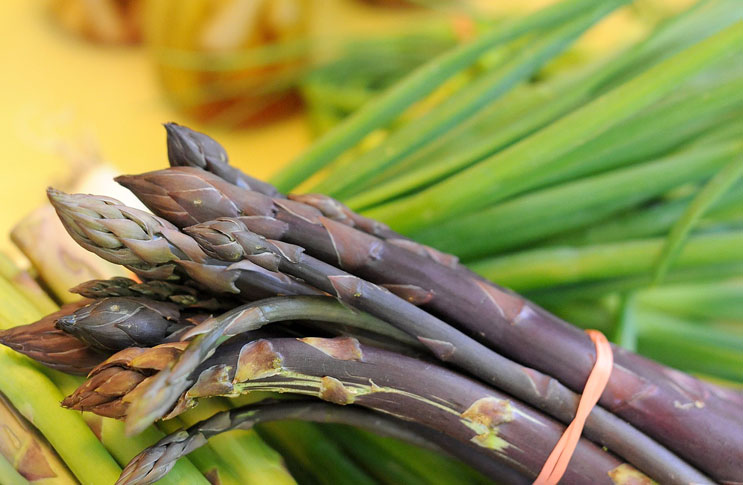Content:
Broccoli fruits are surprisingly healthy, they are full of nutrients and vitamins. In addition, the product is very low in calories (like most vegetables), therefore it is ideal for a diet.
What is broccoli?
A useful and unusual variety of cabbage, distinguished by an extraordinary taste, appeared in the 5-6 centuries in Italy. Most of all, broccoli is similar to the well-known cauliflower, only it has a different color and a slightly different structure. These varieties differ from others in that they do not eat leaves at all, but the inflorescences themselves.
Many gardeners and summer residents fell in love with the healthy culture of broccoli, growing and caring in the open field does not require special efforts or conditions. In the period after planting, broccoli grows a stem, reaching from 0.5 to 0.8 meters, after which the ripening of inflorescences begins at its top, and then flowering. However, to obtain edible heads, they will need to be cut before flowering. They should become a rich dark green color, if they begin to turn yellow, they will no longer be edible.
Popular varieties
In the middle lane, early ripening varieties are popular, since they are ideally suited for ripening.
Young's F1 seed variety is capable of ripening within two months after planting seedlings in the ground, even at not very high temperatures (for example, when grown in Siberia, the Urals or other areas with low temperatures). The average yield of this variety is 1.2-1.5 kg per 1 sq. M.
Broccoli varieties Green Magic F1 (Green Magic) have incredibly large heads, sometimes they can reach almost 1 kg (which is a pleasant feature of the variety), which is why the yield becomes very high as well. It will be possible to harvest the crop within 2-2.5 months after planting in the ground.
One of the most famous varieties of broccoli, Venus, is resistant to various temperatures and more than high yields. In addition, the fruits always have excellent taste, ripen on time and at the same time.
How to grow and care for broccoli outdoors
Most broccoli varieties are designed to grow at an average air temperature (+ 15- + 26). Late-ripening varieties are able to withstand cold temperatures and even frosts (down to -9 °). However, vegetables grow thanks to the rise in temperature. The greater the difference in temperature and the higher it rises, the juicier the heads will be and the sooner they will ripen.
Landing dates
You should start planting broccoli seeds towards the end of April - mid-May. In the open ground in northern and temperate climatic zones, early maturing varieties should be grown, otherwise, due to the short cold summer, they simply will not have time to ripen.
How to plant seeds correctly (diagram)
Before planting seeds in the soil, you need to speed up their germination.This can be done in a way close to natural, or artificial with the help of a growth stimulant. Acceleration of the process will occur naturally, if you first dip the seeds into warm water (45-60 ’), and then leave them in cold water (not lower than 0’) for several hours, a little warm, identical to the temperature of the earth during this period of time, is better. Then they can be left in a damp cloth or napkin in the refrigerator for several hours.
When the seeds are dry, you can start planting. This will require a container, on the bottom of which a thin layer of sand, pebbles, turf is laid, and it is already covered with earth from above, which should be loosened in advance. Before sowing seeds, furrows of shallow depth (up to 1 cm) are made in the ground, such rows should be at a distance of 2.5-4 cm from each other. It must be watered, the best option would be watering from a spray bottle. From above, you can condense a little, but this is not a prerequisite.
Seedling care
The seeds should give their first shoots at room temperature, during germination, the soil should be slightly damp (you should periodically water it with a spray bottle). After the appearance of small shoots, you should stop watering and, if possible, increase the temperature in the room for a couple of days. After that, for 7-9 days, you can bring the growing temperature closer to natural (for example, take the pots to the balcony). Further, the temperature regime returns to room temperature, in addition, you can observe the day / night regime in terms of temperature and lighting changes.
In principle, broccoli seeds can be planted in mid-April - early May on a garden bed in a greenhouse, then by the time of planting in open soil, the seedlings will be ready and you will not have to take intensive care, monitor the temperature and replant.
Disembarkation and care in the open field
To grow a good harvest of broccoli, open field planting is traditionally carried out when 4-5 leaves appear on the seedlings on the so-called second tier. You can choose a place that is quite windy, but with enough sunlight to warm the soil well. Abundant watering should be started a week after planting the seedlings in the soil. The layouts of seedlings in the beds usually provide for a rather dense planting, since the frequency of planting does not affect the yield of broccoli.
Many people have a question of how to plant broccoli in the country without a greenhouse so that it gives a good harvest. Compliance with agricultural standards plays a significant role. Broccoli requires proper, very abundant watering. The soil should always be moist, watering is carried out every other day (in hot weather every day), high humidity is also necessary. Without this condition, cabbage can stop growing and bearing fruit, with a lack of moisture, the bushes will simply stop developing and harden. Also, broccoli does not tolerate acidic soils, this type of cabbage is not particularly picky about fertilizers and hilling, however, in fertile soil, the crop will be much richer and tastier.
Top dressing can be carried out several times, the first time the soil is fertilized immediately after planting, then after 2-3 weeks. The last replenishment with fertilizers or manure is carried out when inflorescences begin to form, but not later than this time.
Parasites and methods of dealing with them
Broccoli is very slightly susceptible to infection by various diseases or damage by pests, but preventive measures should be taken. Before planting, the soil should be thoroughly weeded and loosened. Immediately after planting in open ground, the soil will need to be covered with spunbond to avoid the appearance of midges or cabbage flies.These flies usually lay their eggs in the soil around the stems, so a thorough inspection of the ground should be made about once every 1-2 weeks. If eggs are found, they must be destroyed, additionally sprinkled around the stem with earth and over it with ash or ash.
A very nasty insect, moreover, rapidly multiplying and spoiling the crop, is the aphid. It appears in places where there is humus, possibly the remains of last year's plants in the soil. Also, its appearance is possible due to strong shade, high humidity and the presence of weeds. Getting rid of humus and weeding the soil properly can help prevent aphids. In other cases, you will need to remove it by hand and burn it along with the leaves.
A big fan of spoiling cabbage leaves and the crop itself is, of course, caterpillars. In late spring and early summer, many butterflies (some especially often) lay their eggs in the root soil, on leaves, or on neighboring plants. After a while, caterpillars appear from them and begin to slowly destroy the crop. The most effective method of control at the time of laying eggs is a thorough examination of the leaves (during this period there are still quite a few of them) and the soil. There are also a lot of chemicals aimed at the destruction of harmful insects.
As for diseases, cabbage is most often infected with black leg. As the name implies, after a while the stem of the plant begins to darken, spots appear on it, it gradually loses weight, rots. In this case, the plant ceases to receive nutrients, roots and bushes weaken and die.
Shade, excessive watering negatively affects, it is logical that in such conditions the cabbage will rot. If the first symptoms begin to appear or the plants are already planted in not particularly favorable conditions, the soil can be treated with a weak solution of potassium permanganate.
Harvesting
You can harvest the crop already two months after planting in open ground. The head is necessarily cut off before it starts to become soft, the inflorescences should not begin to bloom, otherwise the shelf life and taste will be extremely low. The head is not cut off at the very base, but together with part of the stem. The size of the cut part directly depends on the size and weight of the head. The cut goes about a couple of centimeters after the stem forks. In large main heads, the height can reach 20 cm, since the cuts from the lateral stem are about 6 cm.
Broccoli will delight you with a bountiful harvest more than once.
The crop is not stored very well, but the stronger the head, the easier it is to transport and store it. Broccoli is usually kept in the refrigerator, but it needs to be frozen to keep it long, which is why cabbage is most often sold frozen.
Having dealt with planting and caring for broccoli outdoors, it will not be difficult to get a good harvest.
